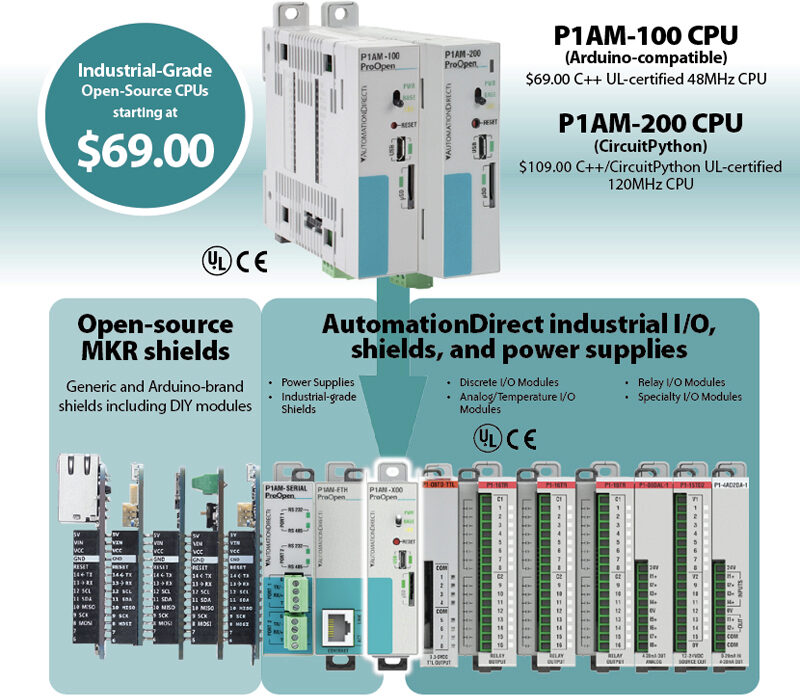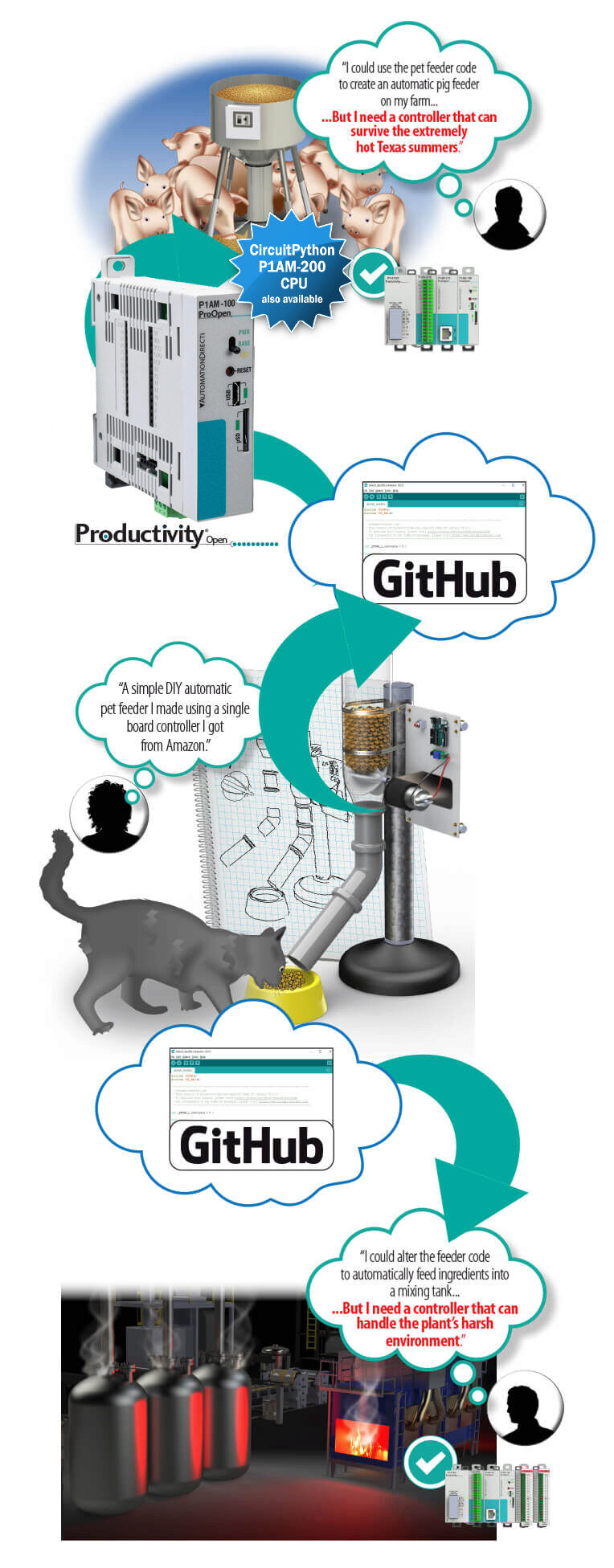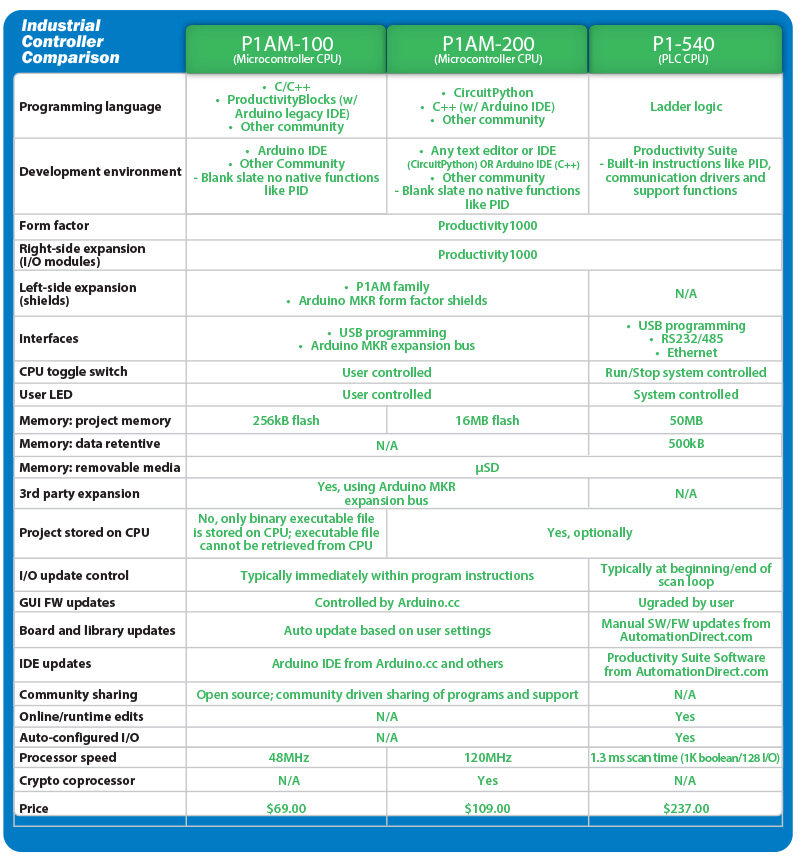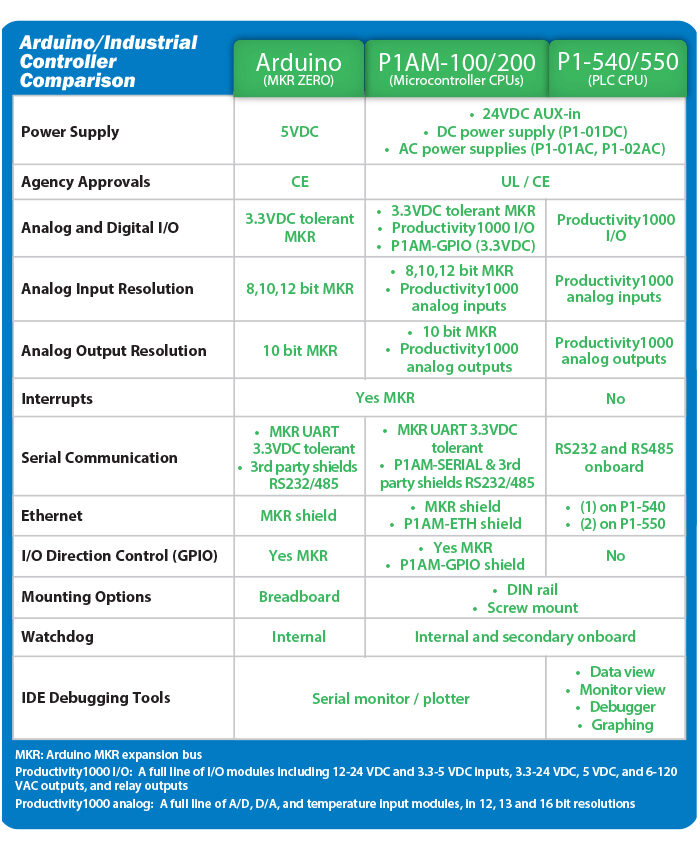 Cookies are not enabled on your browser.
Cookies are not enabled on your browser.Cookies are required for our site. Please enable cookies in your browser preferences to continue.
- Barcode / RFID / Vision
- Bulk Wire & Cable
- Cables (Terminated)
- Circuit Protection / Fuses / Disconnects
- Communications
- Drives & Soft Starters
- Enclosure Thermal Management & Lights
- Enclosures & Racks
- Field I/O
- HMI (Human Machine Interface)
- Hydraulic Components
- Motion Control
- Motor Controls
- Motors
- Pneumatic Components
- Power Products (Electrical)
- Power Transmission (Mechanical)
- Process Control & Measurement
- Programmable Controllers
- Pushbuttons / Switches / Indicators
- Relays / Timers
- Safety
- Sensors / Encoders
- Stacklights
- Structural Frames / Rails
- Tools & Test Equipment
- Valves
- Water (Potable) Components
- Wire & Cable Management
- Wire & Cable Termination
- Retired Products
Configuration Utilities
- PLC Family Selector
- P1000 PLC Systems
- P2000 PLC Systems
- P3000 PLC Systems
- ProductivityCODESYS
- CLICK PLC Systems
- Do-more® BRX PLC Systems
- LS-Electric® XGB PLC Systems
- Productivity®Open Systems
- Datalogic® Safety Light Curtains
- LS-Electric® Servo Systems
- Nitra® Pneumatic Grippers
- Object Detection (Sensors)
- PAL Controller Configurator
- Precision Gearbox Selector
- Protos X® Field I/O
- Pyrometers Selector
- Quadritalia® Modular Enclosures
- Stellar® Soft Starters
- Stepper System Selector
- SureFrame T-slot Extrusion
- SureMotion® XYZ Gantry
- SureServo2® System Selector
- SureStep® Linear Actuators
- Timing Belts & Pulleys
- Werma® Stacklights
- ZIPLinks

ProductivityOpen: Open-Source Agility
Meets Industrial-Grade Toughness
P1AM CPU
A rugged open-source CPU that mimics the MKRZero Arduino and seamlessly bridges standard 3rd-party shields and AutomationDirect industrial PLC I/O.

Open source the Productivity way!
What is "open-source"?
The term "open source" is used to describe a program or software created by one developer that is available to be used and/or modified in any way by other developers and users without licensing fees, royalties due, or restrictions on the use of the source code. This is sometimes referred to as "copyleft" as opposed to "copyright". Open source has evolved to also include hardware, shared schematics and PCB production files that are often readily available to anyone. This type of shared development has spawned an enormous "Maker" community. Numerous Maker sites can be found online with a vast collection of simple, helpful and most of all reusable, DIY projects.
The microcontrollers used to run these DIY programs are inexpensive, small and typically consist of a single integrated circuit containing a processor, memory and I/O. A brand of single-board microcontrollers that has become one of the most well-known is the Arduino.
What is Arduino?
Arduino products were originally created for students without backgrounds in electronics or computer programming. Arduino consists of a family of single programmable circuit boards and the IDE (Integrated Development Environment) that uses a streamlined version of C++ to write and upload code to the boards. Many pre-configured circuit boards, called "shields", are available to expand the functionality of the Arduino controller. These shields can provide Ethernet, WiFi, GPS, LCD displays, and motor controls, among others, by simply "stacking" or connecting the shields to the Arduino controller board.
Open-source communities
Sharing of ideas and finding innovative ways to solve complex problems is facilitated by open-source communities and the websites dedicated to them. Sites like MakerPro and GitHub allow hobbyists and professionals to work together to create interesting solutions for difficult or everyday problems.
Avoid the ticking time bomb
The open-source concept is favored heavily by hobbyists and students, but recently the industrial controls industry has also taken notice, partly due to the extremely attractive price tag. Industrial applications using "off-the-shelf" Arduinos have begun to show up but there is a risk with installing these single-board controllers in industrial environments. Many of these controllers are not field tested and in most instances are just downtime waiting to happen.
Vibration, noise, and temperature fluctuations can have a negative effect on consumer-grade microcontrollers, causing unexpected equipment failures and costly production shutdowns. In these types of harsh applications, you need a controller designed to survive - you need the ProductivityOpen!

Things to consider when choosing between a PLC and Maker controller
For the PLC'ers:
Let's be honest, a $69.00 CPU is definitely something worthy of a closer look, but for those coming from a strictly PLC background there are some things to be aware of, besides the obvious difference of programming methods there are some other functional differences that also need to be addressed and we've included them in the table below.

For the Makers:
Those of you who are very familiar with open-source controllers, like the Arduino, may be wondering what an industrial controller could provide. Besides the ruggedness and survivability, there are many other benefits as well, some of which are covered in the table below.

Check out our job openings
Free Online PLC Training
FREE Video Tutorials
FREE e-Newsletter
Automation Notebook
Product Literature
White Papers
News, Product and Training Bulletins
E-Books
 Safe &
Secure
Safe &
Secure

We accept VISA, MasterCard, Discover, American Express, PayPal or company purchase orders.
Voted #1 mid-sized employer in Atlanta
Check out our
job openings

